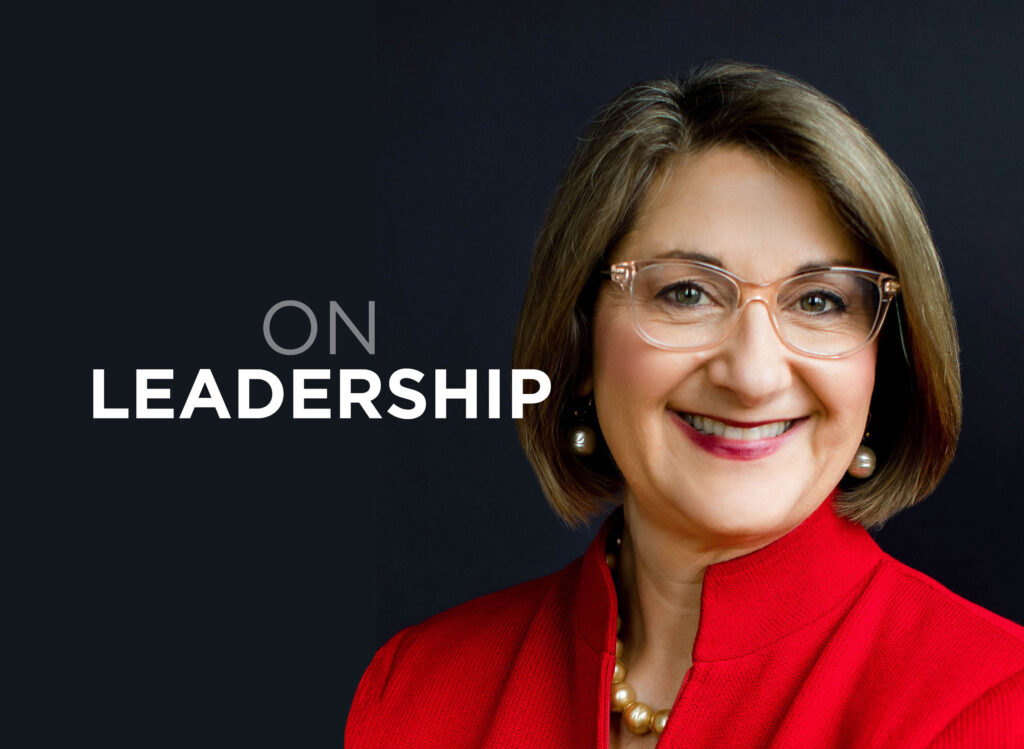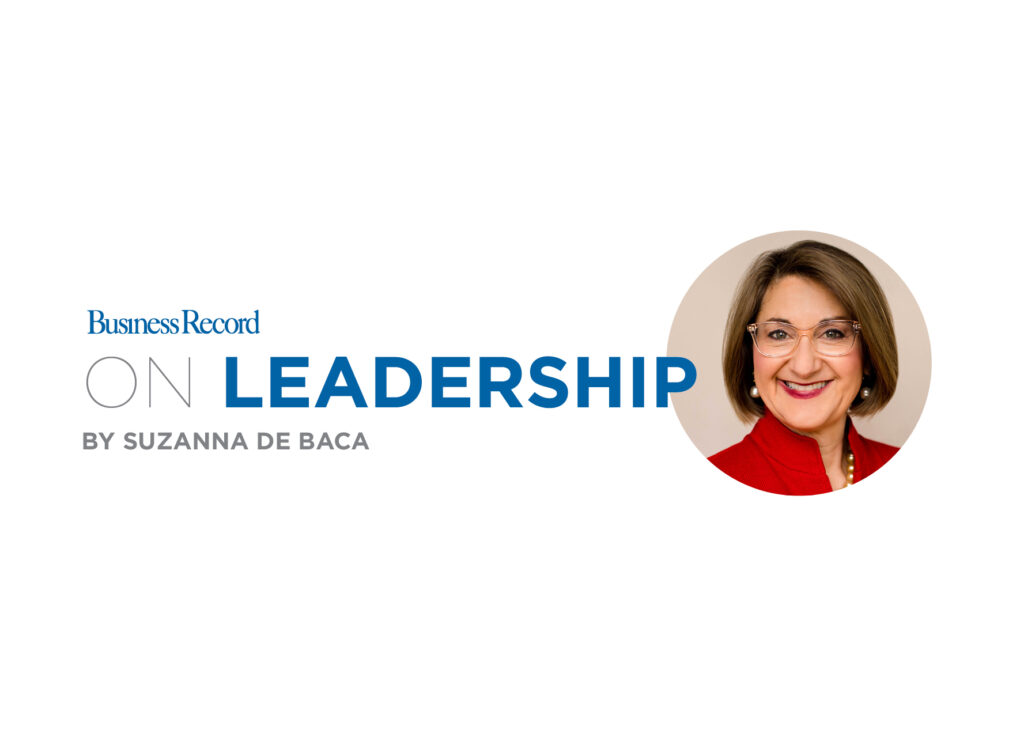Elbert: Economy and elections

“It’s the economy, stupid.”
That’s what Democratic strategist James Carville famously told candidate Bill Clinton in 1992.
He was right. Clinton, a virtual unknown in 1991, went on to defeat incumbent President George H.W. Bush, by 6 percentage points in a race where third-party candidate Ross Perot captured 19% of the vote.
Clinton’s win was remarkable for many reasons, including the fact that the recession he rode to victory was one of the mildest and shortest-lived of the post-World War II era.
The loss of gross domestic product in the early 1990s was a mere 1.4% over eight months, compared with Great Depression-era declines of 26.7% (1929-1933) and 18.2% (1937-38).
More recently, the 18-month Great Recession that accompanied Barack Obama’s 2008 White House victory produced a 5.1% decline in GDP.
Today, the second-quarter drop in 2020 GDP is estimated at more than 30%.
This year’s recession is unlike anything we’ve seen before.
It was not the result of a weak economy but was caused by a pandemic that spread in a matter of weeks from one part of the world to the entire planet. Some nations responded quickly and were able to mitigate damage; others, including the United States, let it wreak havoc while leaders debated what to do.
The confusion continues, right up to the election that is barely more than two weeks away.
The uncertainty is amplified by a splintered economy in which a few industries, occupations and individuals are doing quite well, others are holding on, and some are in free fall.
Economists originally talked about the possibility of a “V-shaped” recession, which has already occurred, according to various measures of economic activity. For example, the housing and auto industries experienced deep plunges during the early months of the pandemic, but have now bounced back to pre-COVID levels.
But problems remain, and many experts now describe the pandemic recession as “K-shaped.”
What that means is that while there have been strong rebounds for parts of the economy, other aspects remain adrift and uncertain.
The Wall Street Journal recently published a chart of how education is affecting unemployment. It shows:
- People with a bachelor’s degrees or higher saw a 7% decrease in employment by May but had recovered nearly all that loss by September.
- Those with some college or an associate’s degree experienced a 16% drop by May, with half that loss recovered by September.
- High school graduates saw a 22% decline by May, with a 10-point recovery by September.
- People with less than a high school diploma saw a 27% job loss by June and were still down 18% in September.
President Donald Trump frequently points to the stock market as proof that the economy is in good shape. Indeed, the S&P 500 index lost a third of its value in February and March, but had regained all of that loss by August with technology-based companies including Amazon, Zoom and Tesla leading the charge.
The only two Iowa companies to significantly participate in that five-month mini-boom are financial software maker Workiva and Renewable Energy Group, a soy-diesel producer. Both are based in Ames, and by October shares of both were well above their February/March peaks.
Meanwhile, employment in Iowa has followed the national pattern. Nationwide, unemployment climbed from below 4% in February to more than 14% in April before dropping back to 7.9% in September.
Iowa’s jobless rate was 2.8% in February before jumping to 11.1% in April and drifting back to 6.0% in August.
The question now is was James Carville right. Will a pandemic-driven recession in 2020 have the same political impact that economic downturns had in 1992 and 2008?







